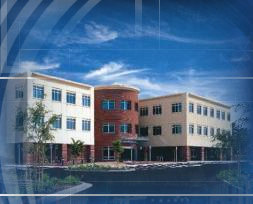


|
|
||
|
|
What is Dupuytren's disease? Dupuytren's disease is a benign growth that occurs in the palm and fingers of hands in affected individuals. It can occur in both men and women later in life, and is much more common in caucasians of northern European descent than other ethnic groups. Over time it can cause disabling and unsightly contractures in the palm, that at first are cosmetic but can become a functional problem in time. There currently is no change in lifestyle, medication, or proven non-surgical option for treatment. It is largely considered hereditary but some believe there is an environmental influence, this is still under study. The contractures can occur also on the back of the fingers, on the sole of the foot (Ledderhose's disease), and the penis (Peyronie's disease). Do I have Dupuytrens? If you have a firm growth on the skin in one or both palms, especially involving the ring and small fingers, that is slowly progressing and potentially causing a contracture of your fingers, it is possibly Dupuytrens. Often there is a family history of relatives with contracted fingers later in life. It is rare in anyone under 30 years old, African or Asian descent, or after hand trauma.
What can I do? If your Dupuytren's growth is benign and not causing pain or disability, then simple monitoring of the growth is appropriate. A simple test is the 'table top test' where you place your palm on a flat surface, if you are able to place your hand flat easily than no treatment is necessary. Over time, if contracture of your fingers develops where the hand is arched with the table top test, then surgical treatment may be appropriate. Currently, the main options are office based needle aponeurotomy/needle fasciotomy, or a more formal surgical release in an operating room under anesthesia. Should I consider needle aponeurotomy/fasciotomy? Needle aponeurotomy or fasciotomy is an option for patients who want treatment of their Dupuytren's contracture in an office setting with no formal anesthesia. It is performed in the office similar to simple dental procedures, and has the advantage of simplicity, lower cost, safety and convenience for the patient. I currently am not performing the procedure on patients who have had prior Dupuytren's surgical excision on the same finger (ie revisions). For more detailed information please see the attached page on the procedure.
|
|
|
|
||
|
|

| Site Map |